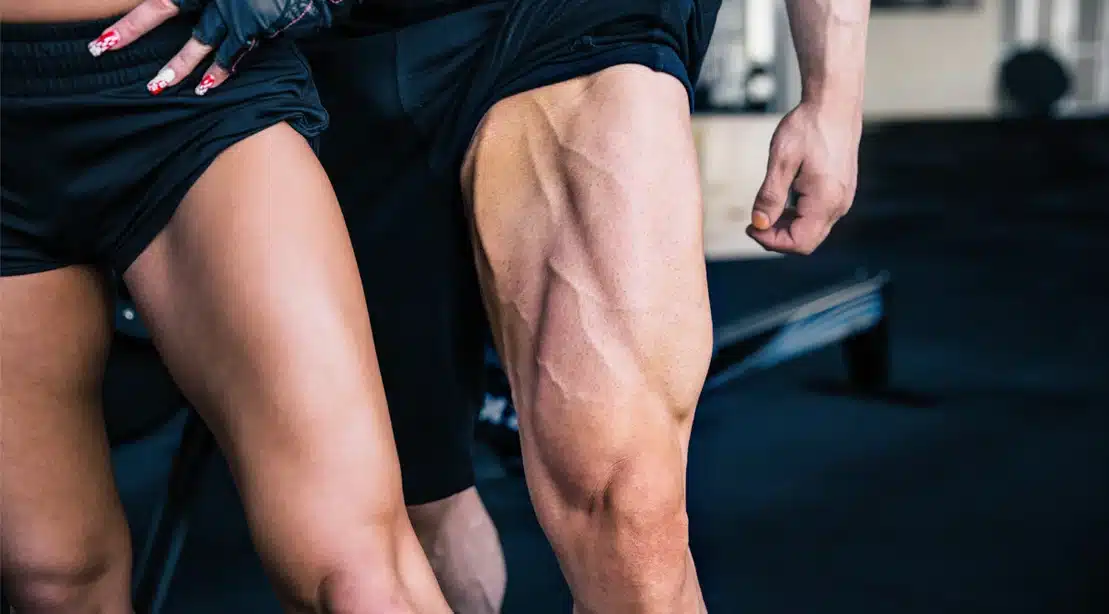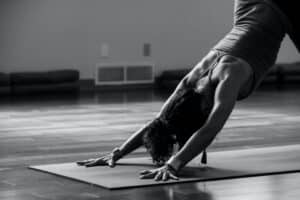Introduction:
Leg day can be both exciting and challenging, but the real test lies in maximizing muscle growth. Let’s delve into the world of leg workouts and discover the most effective exercises backed by science to help you achieve stronger and more defined legs.
Understanding Leg Muscles:
Before we dive into the workout, let’s understand the muscles we’ll be targeting. Your legs are made up of various muscles, with the quadriceps being one of the main muscle groups. The quadriceps consist of four muscles: the vastus lateralis, vastus medialis, vastus intermedius, and rectus femoris.
In a recent study, researchers compared different exercises like step-ups, squats, and split squats to see which ones stimulated muscle growth the most. They also looked at how these exercises affected other leg muscles like the hamstrings, glutes, and calves.
Optimal Leg Workout Plan:
Based on the findings, here’s a workout plan designed to maximize muscle growth in your legs:
- Barbell Back Squats (5 sets): This exercise targets the quadriceps, hamstrings, and glutes, providing a solid foundation for your leg workout.
- Bulgarian Split Squats (4 sets): By isolating each leg, this exercise helps improve balance and symmetry while engaging the quadriceps, hamstrings, and glutes.
- Leg Extensions (5 sets): This exercise specifically targets the quadriceps, helping to build strength and definition in the front of your thighs.
- Spanish Squats (3 sets): Adding this variation helps target the rectus femoris muscle, which may not be effectively engaged during traditional squats.
Remember to adjust the number of repetitions (reps) based on your fitness level, aiming for anywhere between 4 to 25 reps per set.
Key to Muscle Growth: Progressive Overload
To ensure continuous muscle growth, it’s essential to implement progressive overload into your training routine. This means gradually increasing the challenge on your muscles over time. You can achieve progressive overload by:
- Adding more weight to your exercises.
- Increasing the number of reps, sets, or exercises.
- Adjusting your rest periods between sets.
- Focusing on controlled movements and proper form.
By progressively challenging your muscles, you create the stimulus necessary for growth and adaptation.
Why It Matters:
Building stronger legs isn’t just about aesthetics; it’s also about enhancing functional strength, stability, and overall athleticism. Whether you’re an athlete looking to improve performance or someone seeking to boost confidence and vitality, a well-rounded leg workout can benefit everyone.
Conclusion:
By incorporating a variety of exercises and applying the principles of progressive overload, you can unlock the full potential of your leg muscles. Consistency, proper form, and gradual progression are key to achieving long-term success. So, lace up your shoes, hit the gym, and embark on your journey to stronger, more resilient legs!




